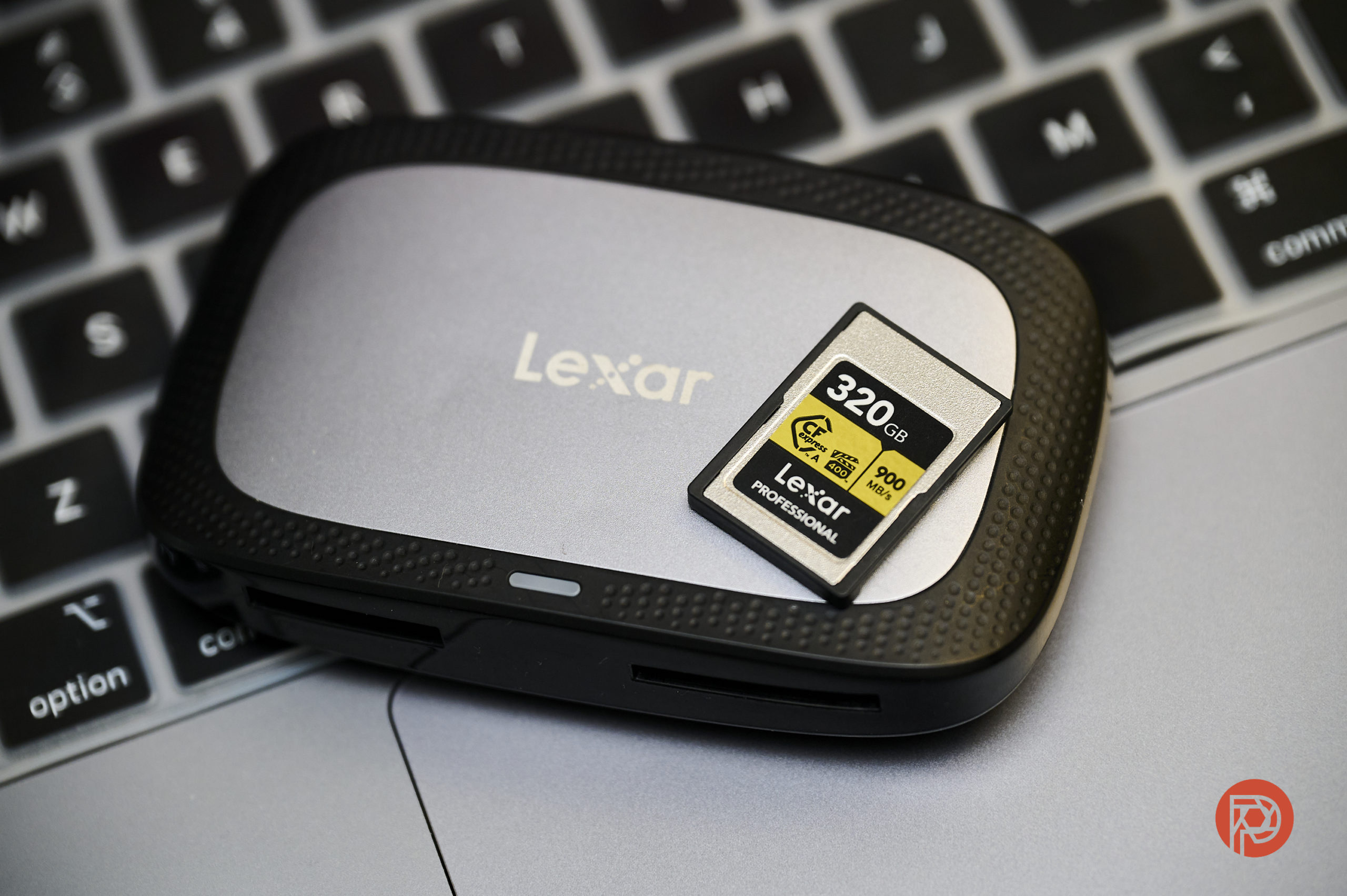Toss it, heat it, spin it, freeze it; the Lexar Professional CFexpress Type A Card we received is one tough cookie. Short of throwing it off the Burj Khalifa, I gave it a good few endurance tests to see if it would emerge unscathed. It did time and time again and is still going strong.
These aren’t ordinary field tests by any means. But the Lexar Professional CFexpress Type A Card
Gold Series isn’t an ordinary card, either. It’s rated to provide you a card read speed of up to 900MB/s and a write speed of up to 800MB/s. It’s also shock resistant, vibration resistant and comes with a lifetime warranty in most countries. And for a memory card, it’s pretty tough in outdoor conditions.
Table of Contents
The Big Picture
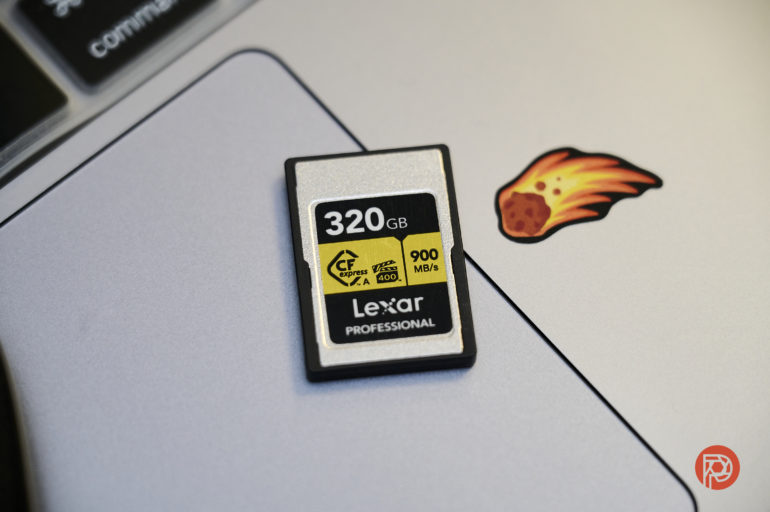
The Lexar Professional CFexpress Type A card went through some rigorous testing both indoors and outdoors. Dust, sand, heat, steam, frost; it took it all like an endurance champ. The one time where I did face an issue with it was some video file loss in the first week of usage. Three data recovery programs, one of which was provided by Lexar, still couldn’t get those videos back in a playable format.
Aside from that one little glitch, the card performed miles above any other CF Express Type A card I’ve used. Read and write speeds weren’t all that close to the rated values when used with their bundled Type A / SD card reader. And that might slow your workflow down if you work heavily with 8K video. Otherwise, it’s not something you’d notice in everyday use.
Note: These tests were all carried out under strictly unsupervised conditions. I wouldn’t advise anyone to try these at home. Read all the way to see how the card fared.
Pros
- Durable. Much more than I expected it to be
- Fast read and write speeds.
- Suitable for 8K video recording
- You get the handy CF Express A / SD card reader along with the 320 GB version of this Lexar Professional CFexpress card. Strangely it’s not in matching gold, just silver.
- It feels well-built, unlike even the most expensive and good-looking SD cards that always feel to me like they’ll snap at a moment’s notice.
Cons
- I had some data loss. A handful of video files couldn’t even be recovered by Lexar’s own recovery software. This did cause some stress with my client but nothing significant. It could have just been a faulty card. Lexar’s reps did offer to replace the card for me, but I haven’t heard back from them since I responded in the mid of December last year.
- Max speeds weren’t getting achieved in multiple tests
- If you live in Germany, according to the product page, your lifetime limited warranty is limited to 10 years only. I haven’t a clue why
- The 320GB card comes in at a whopping $699.99

I’m giving the Lexar Professional CFexpress Type A Gold Series Card four out of five stars. If you’re someone who wants the best recording speeds today, head over to Adorama to grab one.
Gear Used
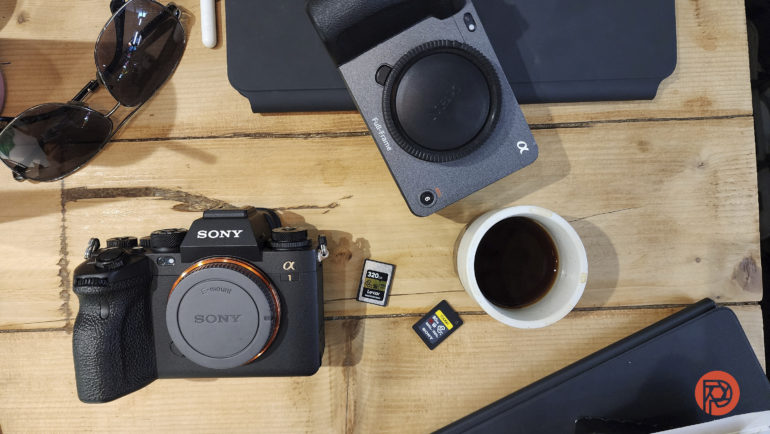
We received a 320GB Lexar Professional CFexpress Type A Gold Series card and the accompanying Lexar card reader without the retail packaging. The card was tested on Sony A1 and Sony FX3 cameras. File transfers were done to an M1 Macbook Air. We’re allowed to keep the card.
Spinning All The Way
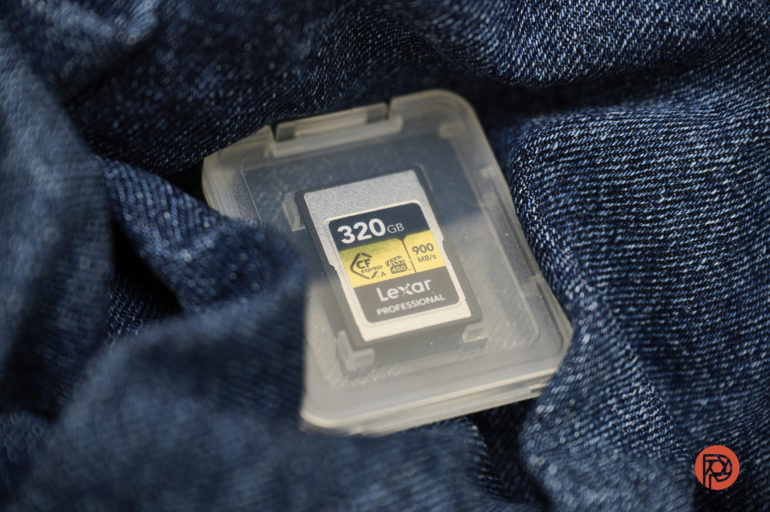
First up, a common scenario, one that I think I’ve done twice with an SD card before (once unintentionally). The closest thing you have to create a vortex inside your home – your washing machine. The online product spec booklet stated nothing about being water resistant, so the Lexar Professional CFexpress card we received stayed inside its plastic protective case. This was taped with some 3M Scotch tape to avoid it from spilling its guts as it was being spun around.
I tossed it in with a full load of my denim. These I washed on a 30-minute cycle that was topped off with a 5-minute spin at 1000rpm. There was the odd clattering at times, which could just have been the buttons on my jeans. I can’t honestly say that I wasn’t worried when I heard those. “Should I have left this test for the end,” I murmured inside my head as I quiveringly opened the washing machine’s door.
The card case was hot to touch. I didn’t realize that I’d set the water temperature to 50°C/120°F. At this point, I felt I’d already toasted the card in just the first test. After waiting for it to cool down a bit, I plugged it into the card reader, and I hoped for the best. Almost immediately, the macOS notification popped up asking if I wanted to grant access to the reader. Soon after, I grinned as I saw the image and video files still on the card. Test 1 – okay.
The card case was hot to touch. I didn’t realize that I’d set the water temperature to 50°C/120°F. At this point, I felt I’d already toasted the card in just the first test. After waiting for it to cool down a bit, I plugged it into the card reader, and I hoped for the best. Almost immediately, the macOS notification popped up asking if I wanted to grant access to the reader
Ice Ice Baby
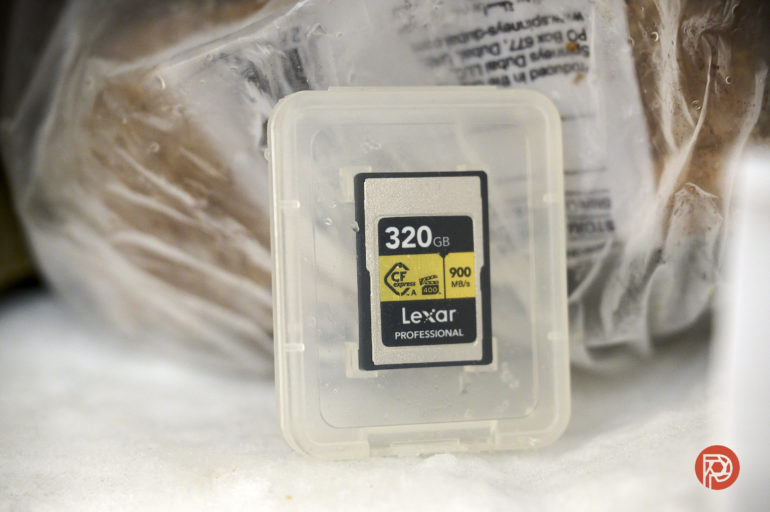
Test 2 involved an overnighter inside my sub-zero freezer, which was super crammed with meat, bread, and cheese. My better half always complains there’s never enough space in there for everything. Thankfully, she managed to grudgingly stuff the Lexar Professional CFexpress into a tiny space. As I closed the door, I wondered how people in the Arctic regions keep their memory cards safe from the ice there…
I may have felt slightly selfish as I made a hot cup of coffee and sipped from it to check on the card first thing in the morning. I expected something to fall out like it usually does, but this time my toes went unscathed. But could I have said the same for the Lexar? Not wanting to give it a temperature shock, after 8 hours of freeze time, I quickly moved it over to the refrigerator. It sat here alongside my Indian filter coffee powder for 60 minutes while I caught up on some writing.
Still chilly to the touch after this, I held my breath again as I plugged the card into the reader. Although it took a few seconds longer than usual to appear in my Finder window, all the files were intact. Test 2 – aced.
Things Got Steamy
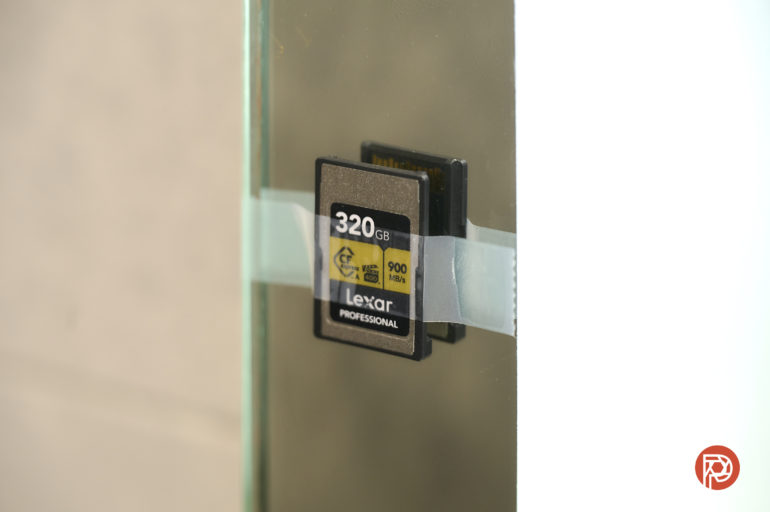
Over a year ago, we did similar extreme tests with a PNY Pro Elite card. I thought I’d change things up a bit for the Lexar Professional CFexpress card this time. Firstly because those tests were done when it was still fairly warm in Dubai. Temperatures were over 100°F back then, but winter had already shown its face to us here by the time this card arrived in the mail. Which meant that I couldn’t strap it to a metal pole or bury it in the hot desert sand.
Not having access to a sauna nearby, I decided to recreate one of my own. My wife feels that this is a daily occurrence after I take a shower anyway. So for my next one, the Lexar card came with me. This time without the protective case. It was a barebones test to see how it would cope against some slightly exaggerated humidity. Make no mistake, it can get very close to this level of humidity outside on bad days here. Just not in confined spaces.
I left after 15 minutes, but the card spend another 45 in there with the door closed and the hot, damp air circling around it. I made sure to dry it thoroughly after this and inspected the contact points for any moisture before checking it out in the reader. No issues whatsoever; Test 3 – all good.
Heating Up The Gigabytes
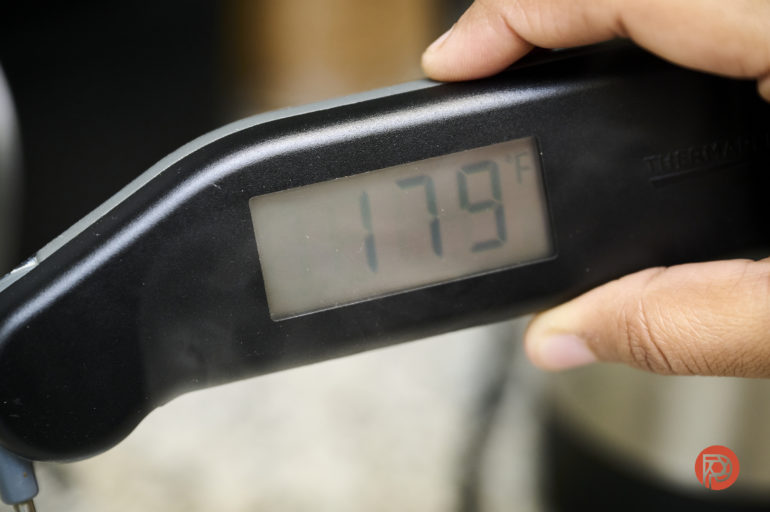
And for the final test, a glass of almost-boiling hot water. Not to be dunked in, but just to be placed next to, to see just how well it could stand up to rated (non-operating) temperatures of 185°F (85°C). This was the scariest one yet, as high temperatures can easily destroy a memory card in no time. After pouring the water into a glass, I waited a few minutes and checked the temperature to make sure it was down to 185°F. It quickly dropped temperatures after I poured the water into the glass. I stuck the card onto the outside of the glass and observed it for 5 minutes. 5 very long minutes….
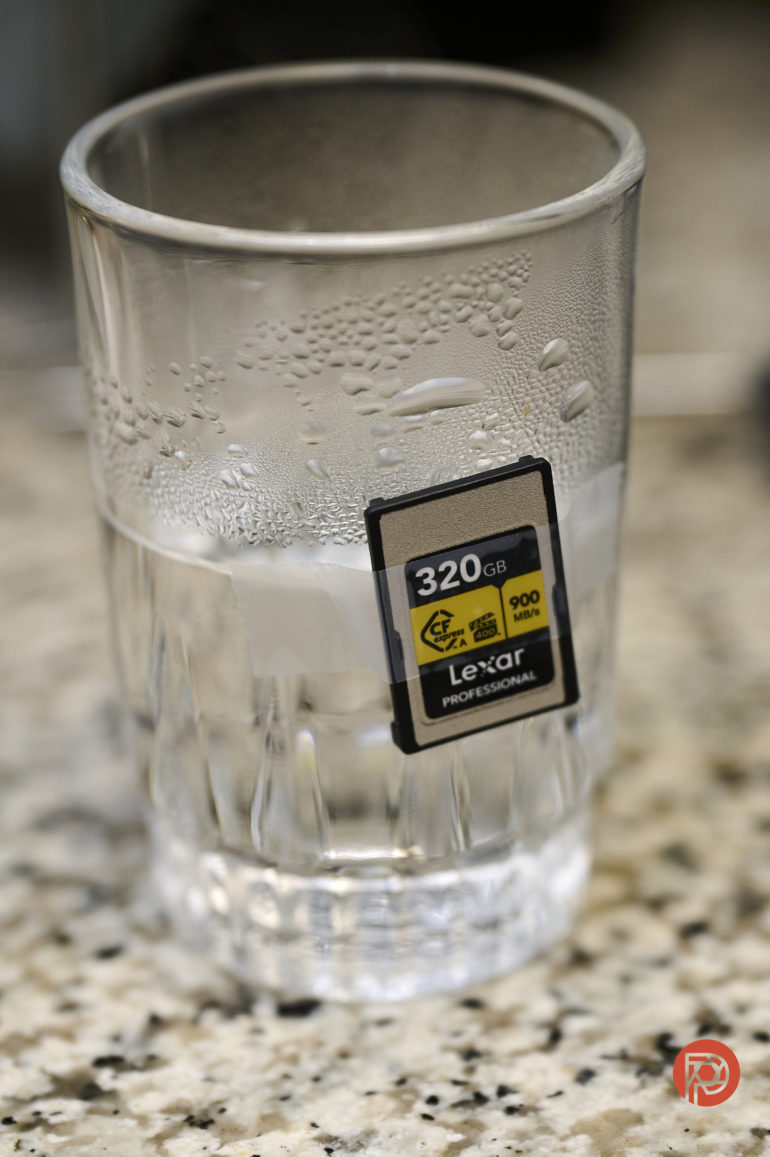
The card was way hotter than I thought it would get. I gave it a few minutes and hoped it would still work when I connected it to the reader. Test 4 passed with flying colors too.
All Okay?
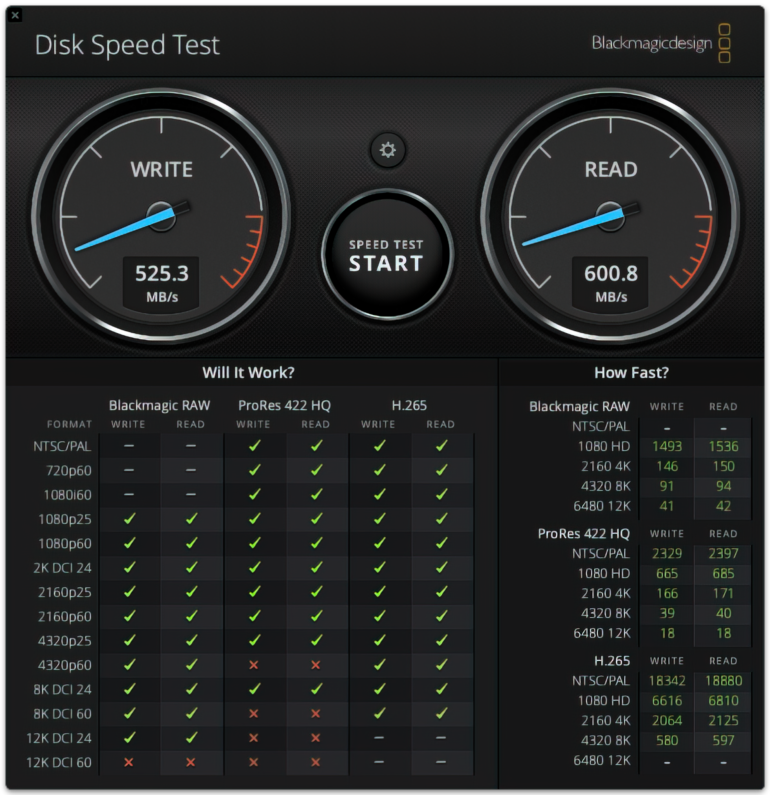
Well. Not quite. In terms of endurance, the Gold Series Lexar Professional CFexpress 320GB card worked far better than I expected. But the loss of data from a day’s filming worried me. I never got the replacement card to test out. Even Lexar’s own Recovery Tool software didn’t help here.
The read and write speeds don’t quite match up to the ones listed on their website either. I was able to get an average of about 575mB/s for reading and 600mB/s for data writing. This test was done using the Blackmagic Disk Speed Test 4+ app. There were also a handful of file formats in 4K and 8K that didn’t seem to be compatible. This was consistent in the 5 tests I ran.
Field Tests
The files I lost were all video files taken on a Sony FX3 in 12-bit raw. It happened only one time in all these 3 months of usage. If it does happen again, I’ll be sure to update this article with the details.
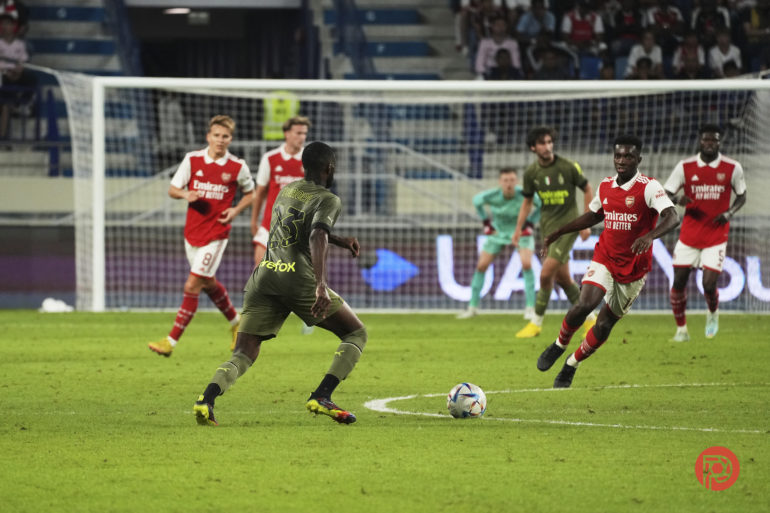
I also did some photography using this card on a Sony A1. Even at its highest frame rate, in RAW mode, the card didn’t stutter as I tracked birds and soccer players for an hour.

Who Should Buy It?
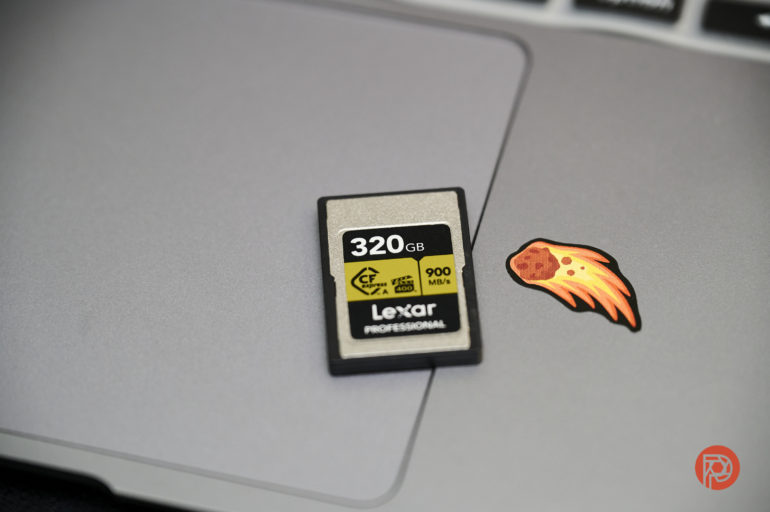
This card is very clearly targeted at the top-tier videography professionals, but it’s got loads of benefits for sports photographers and photojournalists too. Plus, if you’re someone who travels to a lot of extreme weather locations for your photography, this card won’t slow you down one bit.
Tech Specs
Taken from the Lexar Professional CFexpress Type A Gold Series card product page:
Capacity: 320 GB
Form Factor: Type A
Interface: PCI Express®
Performance: up to 900MB/s read1, up to 800MB/s write1. Minimum Write Speed of 700MB/s1
Operating Temperature: -10° C ~ 70° C (14°F ~ 158°F)
Storage Temperature: -25° C ~ 85° C (-13°F ~ 185°F)
Warranty: Limited-lifetime warranty³
Video Class: VPG 400
1Transfer speeds up to 900MB/s, write speed lower. Speed based on Internal testing, actual performance might vary.
2Temperature-proof: Withstands operating temperature range from 14ºF (-10ºC) to 158ºF (70 ºC) and non-operating temperatures from -4ºF (-20ºC) or 185ºF (85 ºC). Shock resistant (50[G], 11[ms] / half sine wave. Apply the above impact 3 times from each of 3 orthogonal directions.) Vibration resistant (10[Hz] to 2000[Hz] to 10[Hz], Sweep time: 20 minutes. 12 cycles per axis, (36 cycles for 3 axes), Test time: 12[hr]).
3Lifetime limited warranty is limited to 10 years from purchase in Germany and regions not recognizing lifetime warranty.
Lexar is not liable for any loss of data or images.
Warning: CFexpress™ Type A cards are only compatible with devices that support the CFexpress™ format. Highest transfer speed achieved only when used with a CFexpress™ Type-A reader, indicated by a boxed USB logo on the product. Contact your device manufacturer for details.
[Note:]
[Product page only:] Product appearance, performance, software offerings, and packaging may vary depending on ship date and available inventory.
Actual usable memory capacity may vary. 1GB equals 1 billion bytes..


